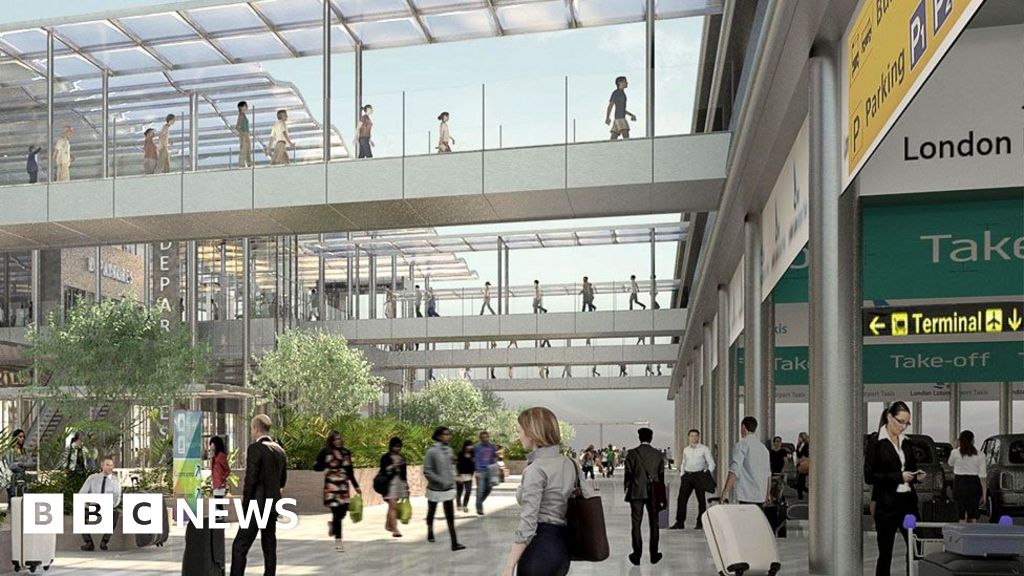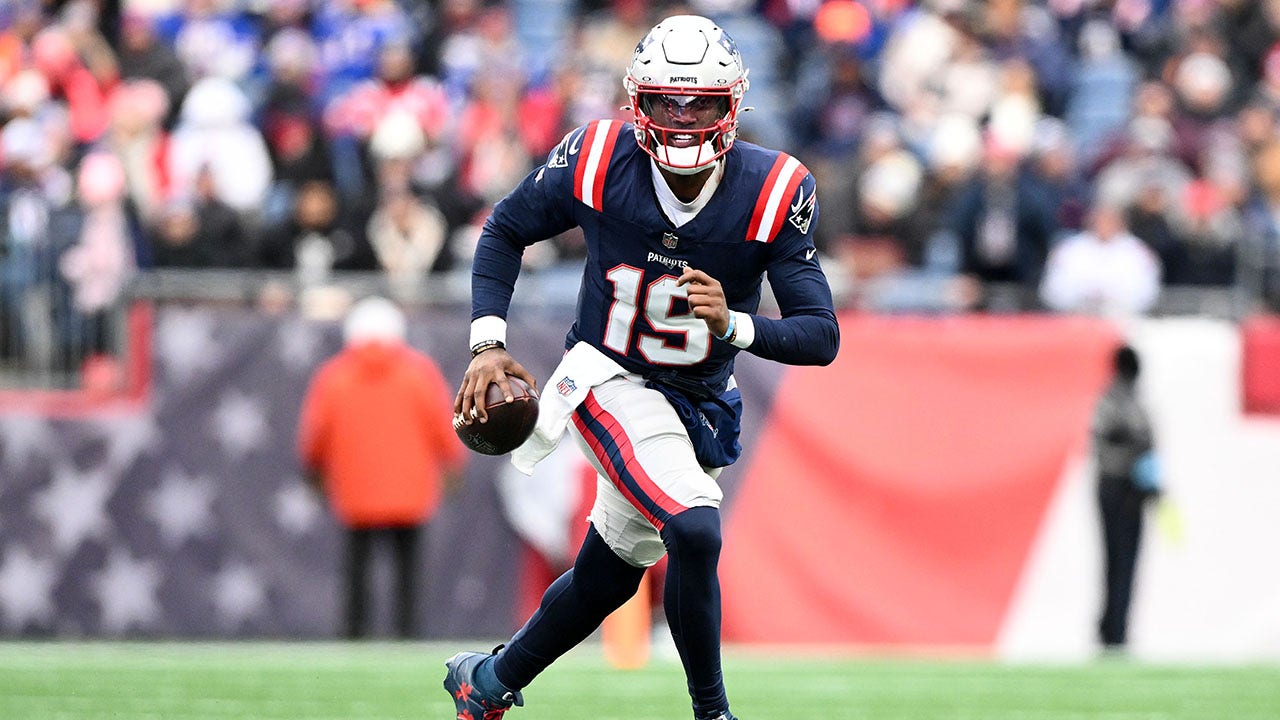Gas prices, often a key driver of sentiment, have fallen 40 percent since June 2022, to just over $3 a gallon. Weekly jobless claims are at their lowest level in more than a year. Sales of cars, clothing and sporting goods all picked up during the holidays, as consumers felt confident enough to keep spending.
Meanwhile, the stock market is surging to new records, with the S&P 500 closing at an all-time high on Friday.
Many are hopeful, too, that interest rates have peaked and the Federal Reserve may begin to cut them this year, which would make it cheaper to borrow for a range of items, including cars and homes.
“We’re seeing a continuation of the surge in sentiment we saw at the end of last year,” said Joanne W. Hsu, an economist at the University of Michigan and director of its consumer surveys. “If anyone was wondering, ‘Was December a fluke?,’ it is absolutely clear now that it wasn’t. This is a sign that consumers are feeling better. Their confidence has come back.”
That jump is fueling hope that the U.S. economy — and Americans’ perception of it — may be turning a corner after months of inflation-related unease. Rising sentiment among both Democrats and Republicans comes at a critical moment for the Biden administration, which has struggled to convince voters that its economic policies are making their lives better ahead of November’s presidential election.
“At a cerebral level, voters may still say Biden mismanaged the economy,” said Tobin Marcus, head of U.S. policy and politics at Wolfe Research and an economic policy staffer to Vice President Joe Biden during the Obama administration. “But the dissipation of their really intense personal dissatisfaction with the economy still really helps at the level of the political context.”
Democrats are cautiously optimistic that improving views of the economy will boost President Biden’s chances in the election, after months when inflation and voter fury over the economy appeared to be intractable political problems.
The White House has so far reacted cautiously to surveys showing improvement, not sure if they reflect a durable shift or statistical noise. But that is starting to change. On Friday, the administration pointed to improving sentiment as a sign that its policies are “delivering results that more Americans are feeling.”
“President Biden is making progress lowering inflation while maintaining a strong job market,” Jared Bernstein, chair of the Council of Economic Advisers, said in a statement. “We have more work to do, but we’re on the right path.”
By many measures, the economy is on solid ground. Workers have jobs, wages are growing faster than inflation, and families have continued to spend heartily. But fast-rising prices have soured many Americans’ outlook, leading to a disconnect between what the economy looks like on paper and how people are experiencing it.
So far, the uptick in economic sentiment has not revived Biden’s flagging poll numbers or voter perceptions of his economic management. Those perceptions may be crucial in a reelection matchup with Donald Trump, who continues to receive strong marks from voters for his handling of the economy. But Biden could narrow the gap if the positive outlook persists, not just for a few months but over the rest of this year, analysts say.
“There is still a debate on the internet about whether consumer sentiment is actually good, and we should listen to families who say they’re struggling,” said Elizabeth Pancotti, strategic adviser at the Groundwork Collaborative, a left-leaning think tank. “But I think it’s clearly getting better, and we’re on a pretty good path for November.”
The changing economic circumstances could complicate the GOP’s general-election message, but for now conservatives remain confident that Biden is vulnerable on inflation and economic angst.
“The economy has clearly gotten better over the last year. … No doubt about that,” said Stephen Moore, the founder of the Committee to Unleash Prosperity, a conservative group, and an outside economic adviser to Trump.
But Moore and other economists caution that this is not a done deal. Although consumer sentiment has improved dramatically in the past couple of months, it remains about 7 percent lower than the historic average, Hsu said.
“Consumers are feeling much better than they were a few months ago, but that still doesn’t mean they’re feeling great or super optimistic,” she said. “This isn’t a roaring 2024 — at least not yet.”
Still, there are signs that more Americans think the worst is behind them. Jake Ficek, an electric lineman near Bloomington, Ill., says he’s feeling better about his finances than he was a few months ago. He’s making more than ever — nearly $57 an hour — and has found new ways to deal with inflation.
He’s started buying entire cows, pigs and chickens from a local butcher to save money on meat, and he tills a nearby vegetable garden in exchange for free tomatoes, lettuce and herbs. As a result, Ficek says, his overall quality of life has improved: He bought a new boat in December and spent the holidays in Mexico with his girlfriend.
“A lot of the time, it feels like the economy is different in the real world than what they’re telling you,” Ficek, 27, said. “But I feel like that’s changing.”















































